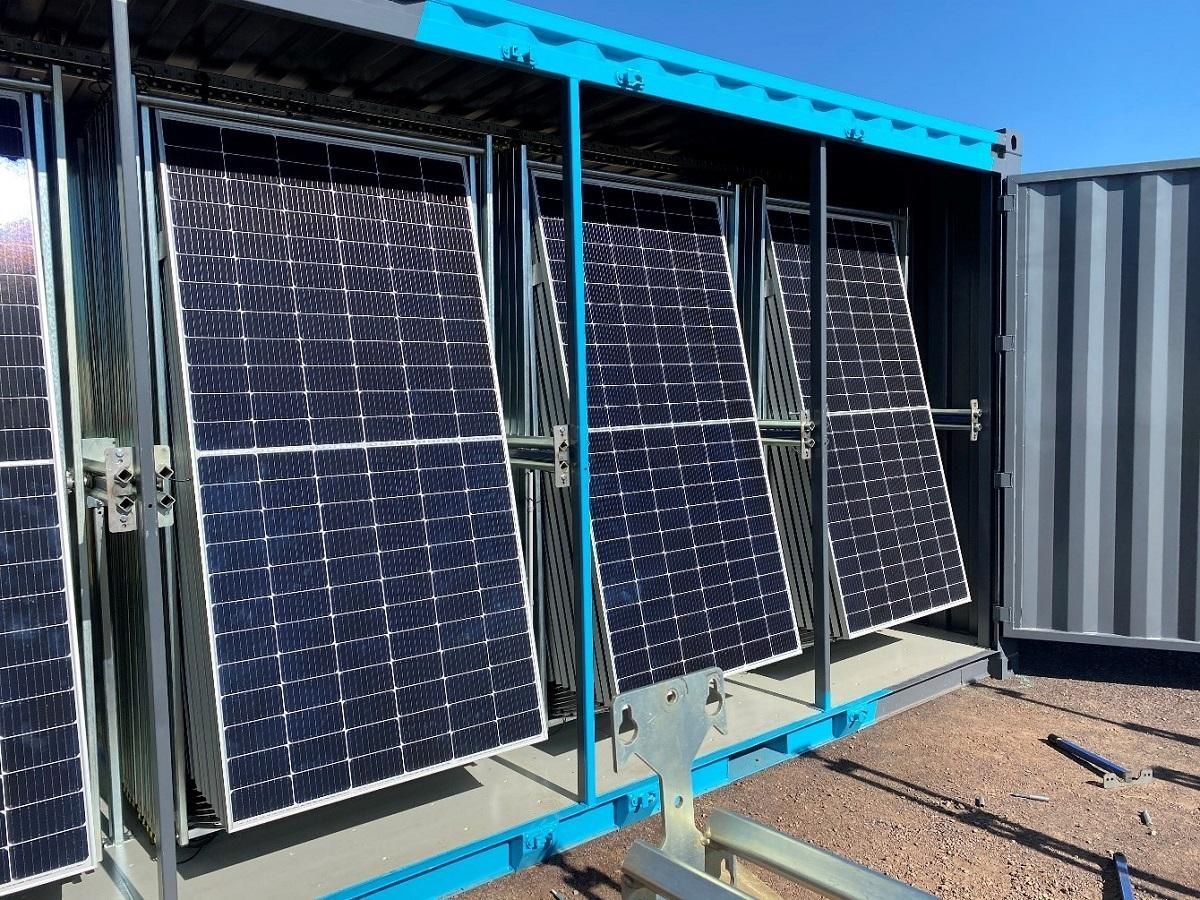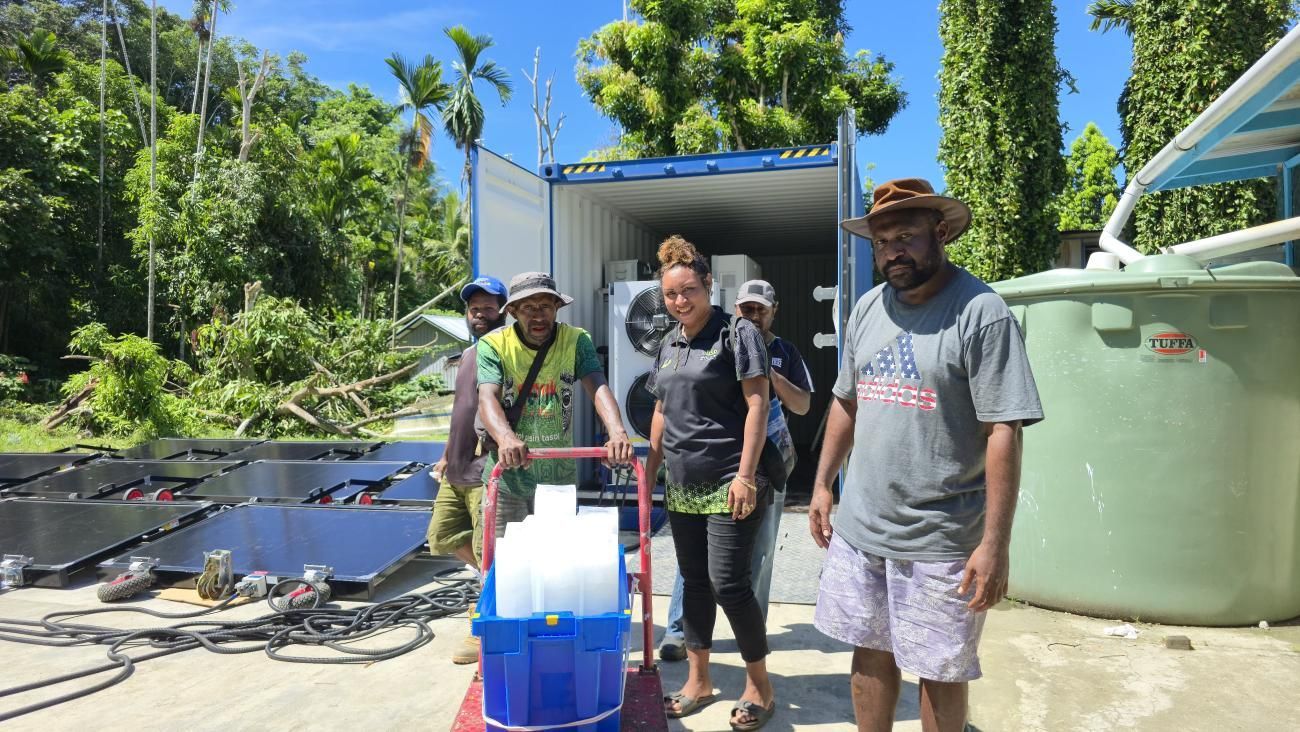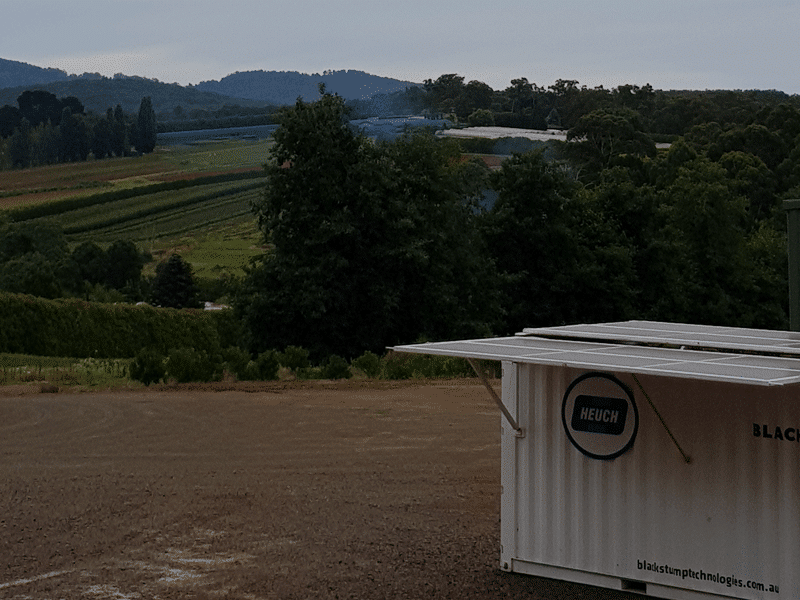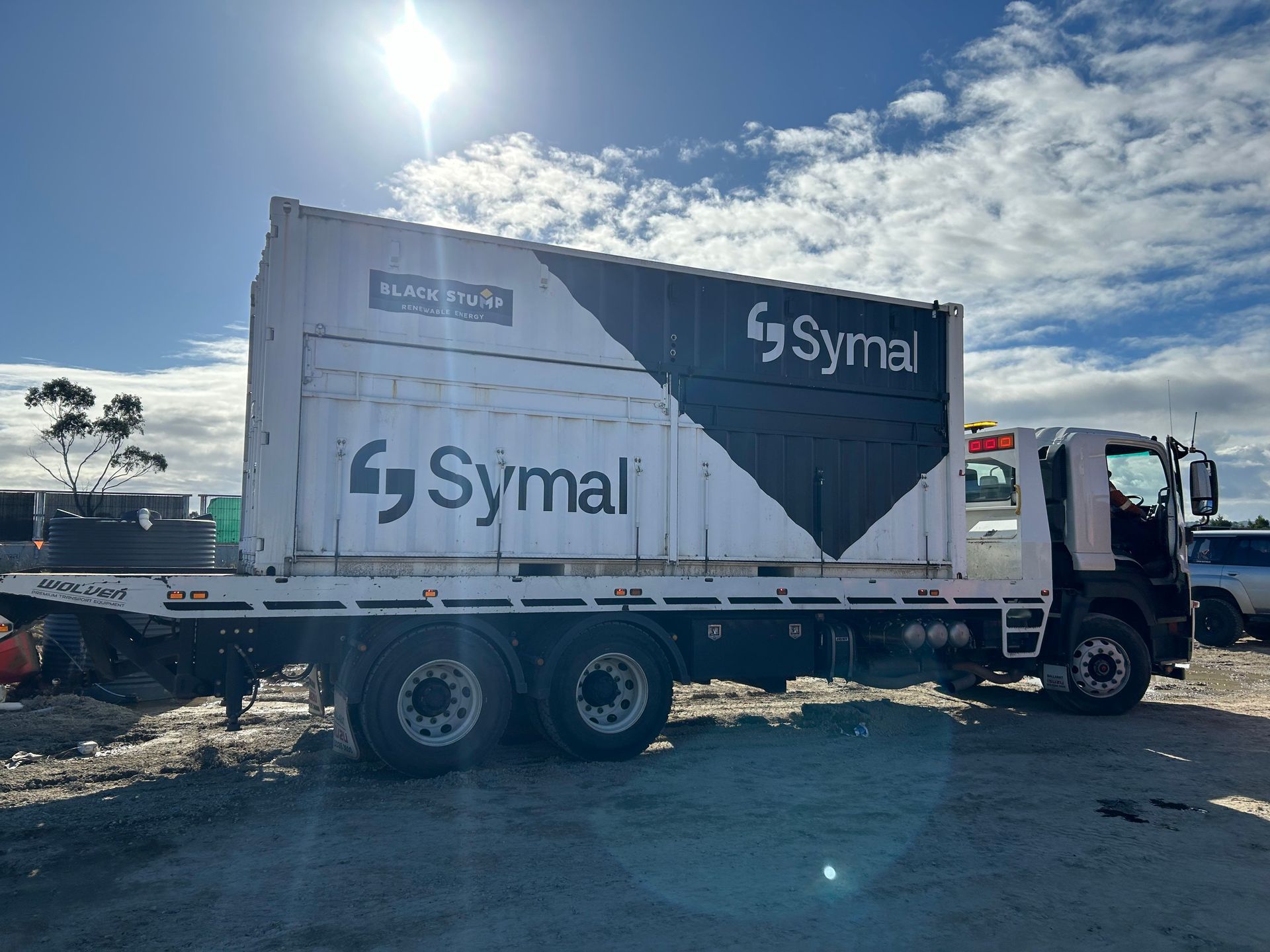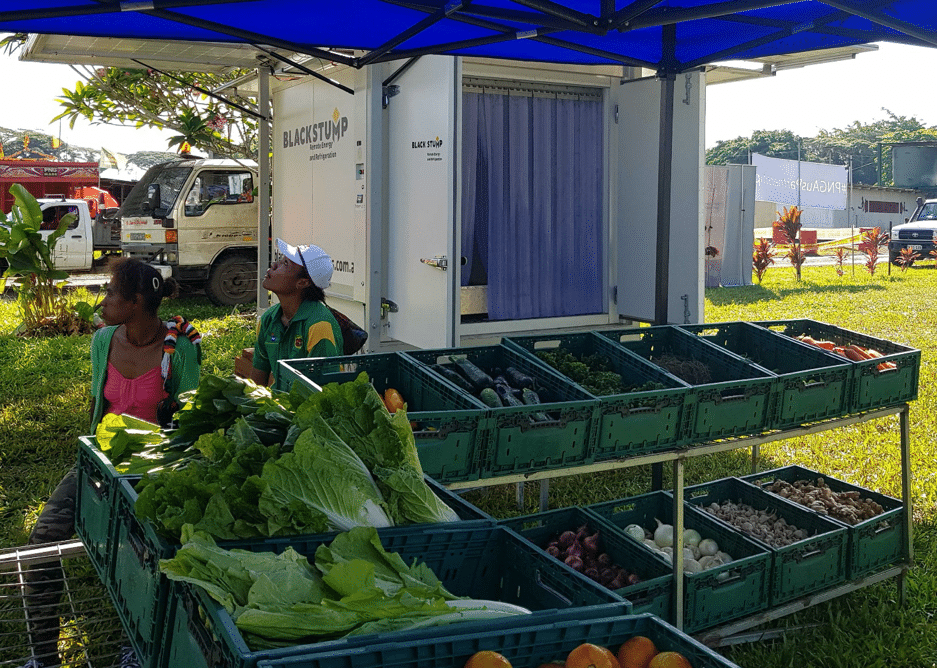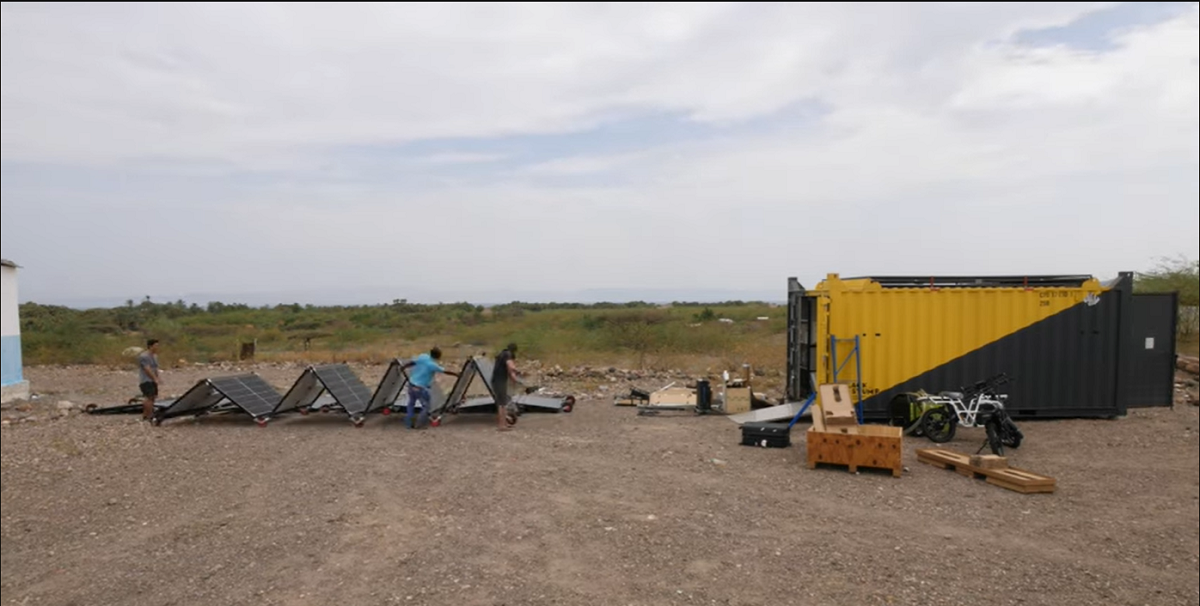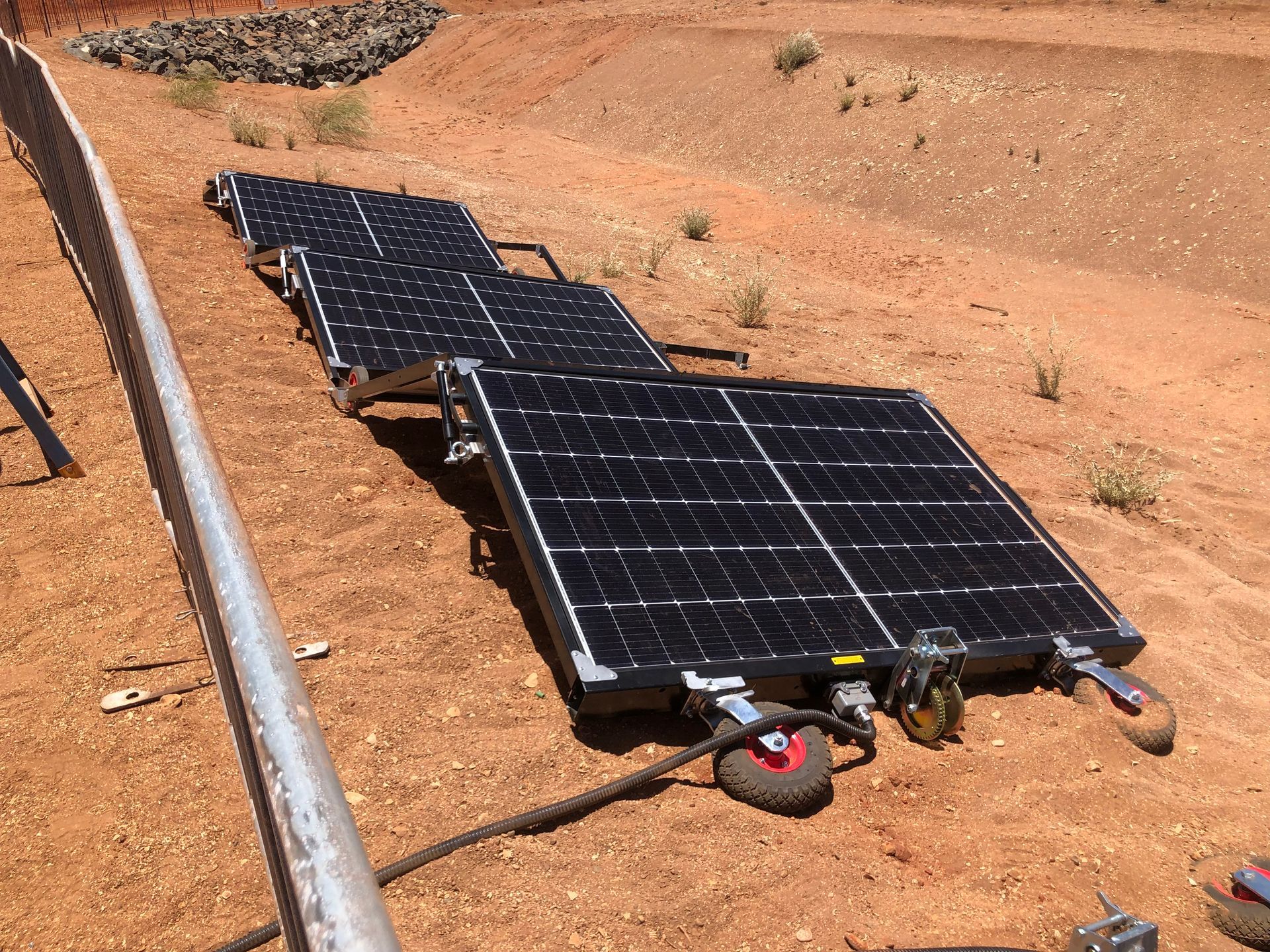How reliable and sustainable cooling transforms rural fisheries
In many regional and remote coastal communities, a successful catch is just the beginning of the journey.
For small-scale fishers and agribusinesses alike, getting from “catch” to “cold store” is vital for protecting value, maintaining quality and accessing higher-value markets. The Australian Government recognises that an efficient cold-chain is key to productivity in the fresh food sectors.
Without reliable refrigeration and cooling along the supply chain, perishables like fish face elevated risk of spoilage, waste and lost revenue. One study estimated that food waste in Australia’s cold food-chain alone was valued at some A$ 3.8 billion. In rural fisheries operations, where access to mains power may be intermittent, long transport times common and market windows narrow, the margin between profit and loss can be razor-thin.
This is where a purpose-built integrated solution makes a difference.
At Black Stump Technologies, our modular cooling systems link seamlessly with our solar-powered generation units. Our Solarators® provide off-grid or remote-site reliable electricity, while our cold-chain units deliver consistent temperature control — enabling fishers to store product closer to harvest, extend shelf life, retain quality and open export or domestic market opportunities. By deploying solar-powered freezers and cold-stores, rural fisheries can shift from immediate sale pressure to better timing, higher value product and reduced waste.
For coastal and remote regions, this means more than just improved logistics: it translates into improved incomes, stronger business viability and enhanced community resilience. Ensuring the chain from catch to cold store works effectively protects both the product and the people behind it. With government policy and industry guidelines emphasising strong cold-chain practices, the case is clear: reliability in cooling is no longer optional, it’s foundational.


